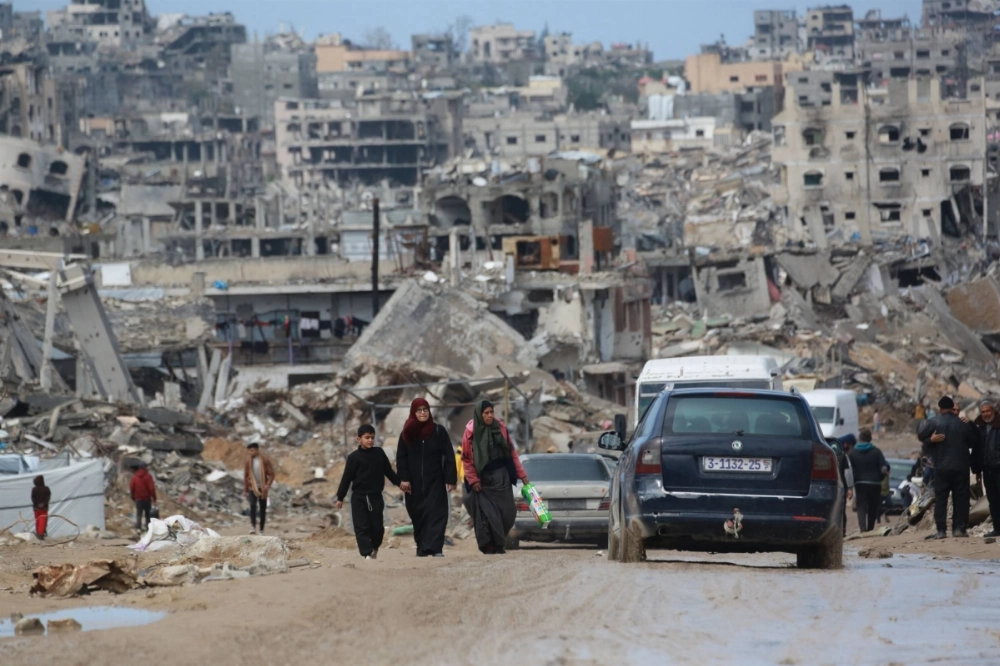As soon as the Gaza ceasefire was finalized last month, Emad Shomar headed north to find the home he hadn’t seen in 15 months. He found himself in a bewildering moonscape of ruination, his house bulldozed.
The 55-year-old considered pitching a tent, but unexploded military devices gave him pause. He had neither the expertise nor the machinery required to create a habitable environment. Even the act of building a washroom next to a tent seemed insurmountable; cement was unavailable. Reality sank in. Shomar returned to his family’s makeshift shelter in central Gaza.
When U.S. President Donald Trump said this week that the more than 2 million residents of Gaza should move abroad so U.S. companies could clear the landscape and rebuild it after the Israel-Hamas war, he was condemned across the world, including by many Gazans who’ve struggled to hold on to their homes and lives and for whom displacement is part of their collective trauma.


















With your current subscription plan you can comment on stories. However, before writing your first comment, please create a display name in the Profile section of your subscriber account page.